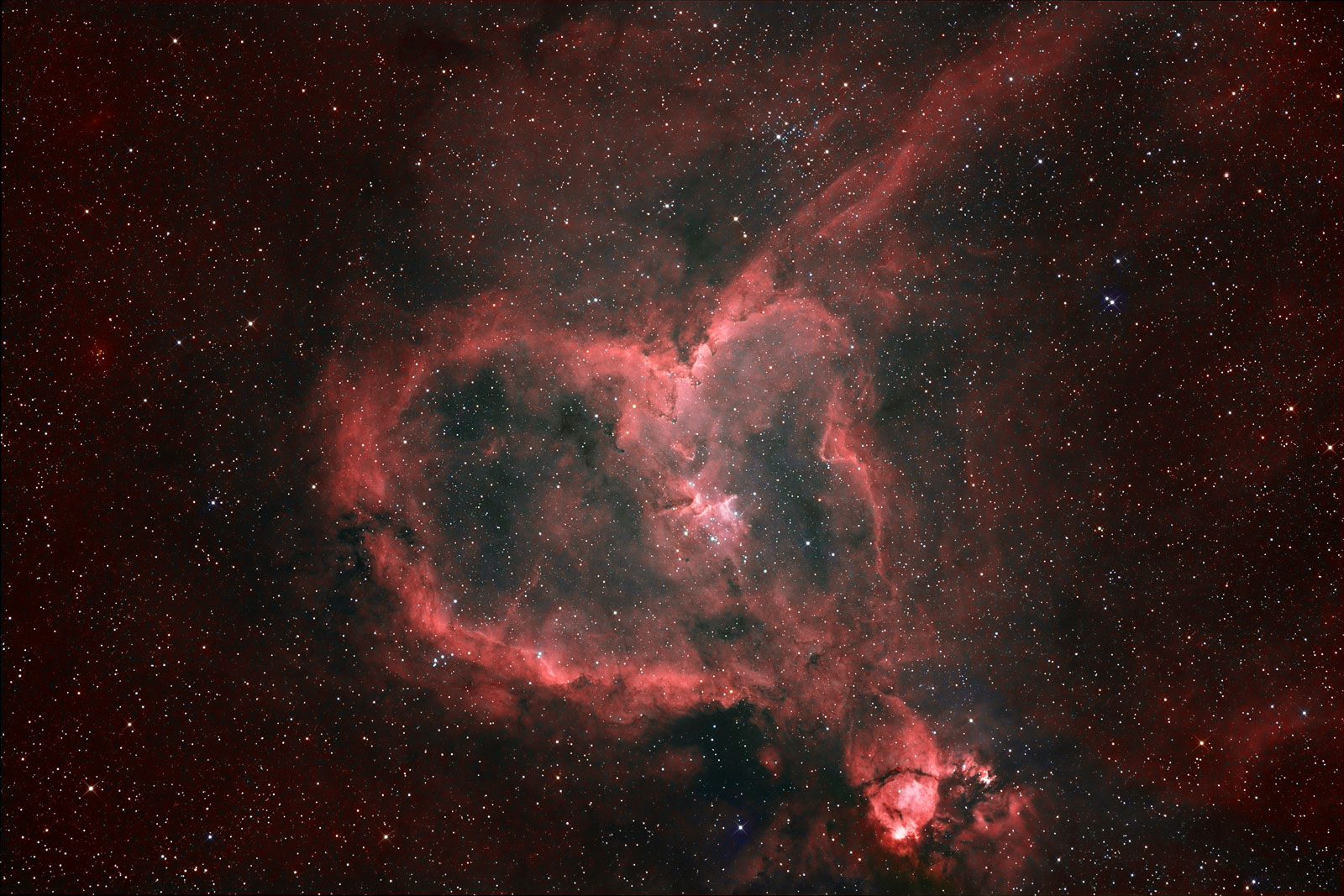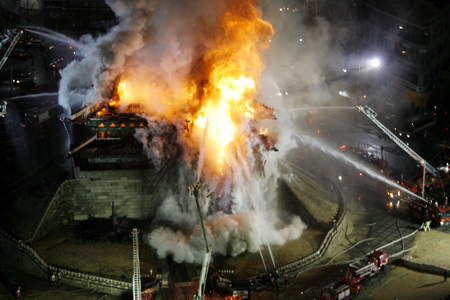 We told you they are everywhere.
We told you they are everywhere.
26.2.08
25.2.08
Ancient Ways
24.2.08
Rear view
23.2.08
Kinkaku-ji
 The Golden Temple is one of Kyoto’s most well-known. Originally constructed for a shogun in 1397 as a retirement home, it was converted to a temple after his death.
The Golden Temple is one of Kyoto’s most well-known. Originally constructed for a shogun in 1397 as a retirement home, it was converted to a temple after his death. In 1950, a young and disillusioned monk who believed that beauty doesn’t exist in the world decided to prove that theory true by burning Kinkaku-ji to the ground. His story is fictionalized in The Temple of the Golden Pavilion by Yukio Mishima. In the novel, Mizoguchi grows obsessed with his father’s adage that there is nothing on this earth as beautiful as the Golden Temple, and comes to believe if beauty really exists there, his own image is a thing estranged from beauty. Embittered by the hypocrisy he sees all around him, Mizoguchi continually rationalizes his conviction that beauty synthesizes “the struggles and the contradictions and the disharmonies in every part of this building – and furthermore, it was beauty that ruled over them all!” Convinced that its destruction is his only path to deliverance, he razes the temple to become free.
An exact replica of the original was completed in 1955.
20.2.08
Souvenir
 Eschewing kimonos, sumo loincloths, and the usual touristy knickknacks, I decided on a more permanent reminder of Japan. I was fortunate to find a very talented artist to give me my largest and most colourful tattoo thus far. Gakkin's design, use of bright inks, and attention to detail have ensured my return for future work at his Harizanmai studio. Though, after wincing through the five hour session required for the minogame, next time I may opt for something smaller.
Eschewing kimonos, sumo loincloths, and the usual touristy knickknacks, I decided on a more permanent reminder of Japan. I was fortunate to find a very talented artist to give me my largest and most colourful tattoo thus far. Gakkin's design, use of bright inks, and attention to detail have ensured my return for future work at his Harizanmai studio. Though, after wincing through the five hour session required for the minogame, next time I may opt for something smaller.
19.2.08
17.2.08
16.2.08
The Not-so Mighty Kamogawa
 One of our favourite things about living in Saskatoon was being near the footpaths of the South Saskatchewan. One of our favourite things about living in Seoul is our close proximity to the Han River. As it turned out, the Kamo River was just a few steps from our guesthouse, bisecting Kyoto and providing photo opportunities, an ideal way to navigate the city on foot, and lovely views for our morning runs.
One of our favourite things about living in Saskatoon was being near the footpaths of the South Saskatchewan. One of our favourite things about living in Seoul is our close proximity to the Han River. As it turned out, the Kamo River was just a few steps from our guesthouse, bisecting Kyoto and providing photo opportunities, an ideal way to navigate the city on foot, and lovely views for our morning runs.
14.2.08
We ♥ OOFALWO readers
13.2.08
12.2.08
National Treasure No.1
11.2.08
Ubiquity
10.2.08
Vista
9.2.08
Water Imagery
8.2.08
7.2.08
Happy New Year
 To welcome last year's zodiac animal, we devoured a pound of bacon with our eggs and toast. This year promises no such culinary celebration.
To welcome last year's zodiac animal, we devoured a pound of bacon with our eggs and toast. This year promises no such culinary celebration.Welcome to the Year of the Rat. The rat is, admittedly, our least favourite animal of the astrological cycle, in large part due to a terrifying night long ago in an Indonesian guesthouse. We have since repressed the horror, though the details do occasionally haunt our dreams.
We temporarily put aside our angst, loyal OOFALWOians, to wish you all the best in the upcoming year.
5.2.08
Paved Paradise?
4.2.08
Stillness
3.2.08
North to Kurama
 Tengu, "heavenly dogs", are mountain spirits protecting both the natural environment and its denizens, subjugating evil in all its manifestations. At Kurama, a stunning temple and pleasant village an hour on the train from Kyoto, this tengu serves also as a cautionary tale on the dangers of not telling the truth or wearing enough sunscreen.
Tengu, "heavenly dogs", are mountain spirits protecting both the natural environment and its denizens, subjugating evil in all its manifestations. At Kurama, a stunning temple and pleasant village an hour on the train from Kyoto, this tengu serves also as a cautionary tale on the dangers of not telling the truth or wearing enough sunscreen.
2.2.08
Natural Habitat
 We would be failing to conform to the truth if we told you that we spent all of our time out sightseeing in Kyoto. Two rainy days and a few quiet evenings allowed me to spend time in my most comfortable and predictable way. Above you can see the photographic evidence of me on my home ground, which fortunately, is a way of life that travels well.
We would be failing to conform to the truth if we told you that we spent all of our time out sightseeing in Kyoto. Two rainy days and a few quiet evenings allowed me to spend time in my most comfortable and predictable way. Above you can see the photographic evidence of me on my home ground, which fortunately, is a way of life that travels well.
1.2.08
Gift certificates for everyone!
Subscribe to:
Posts (Atom)






















